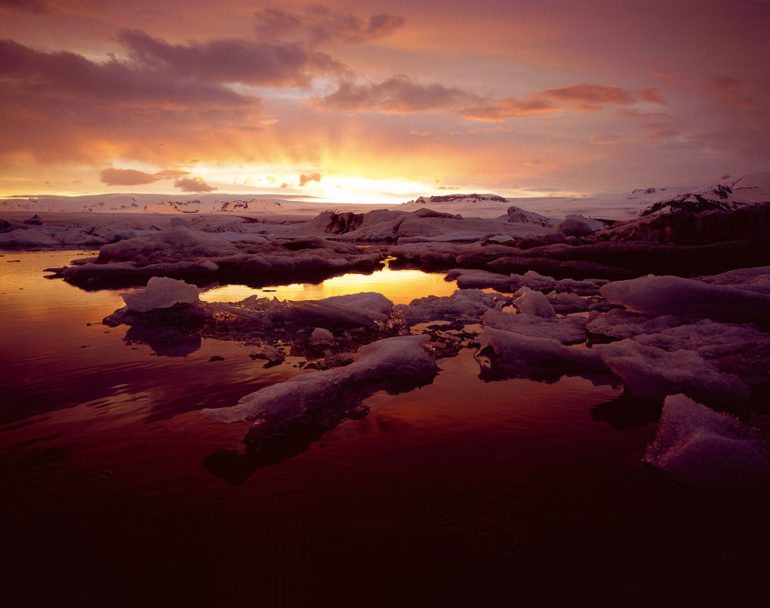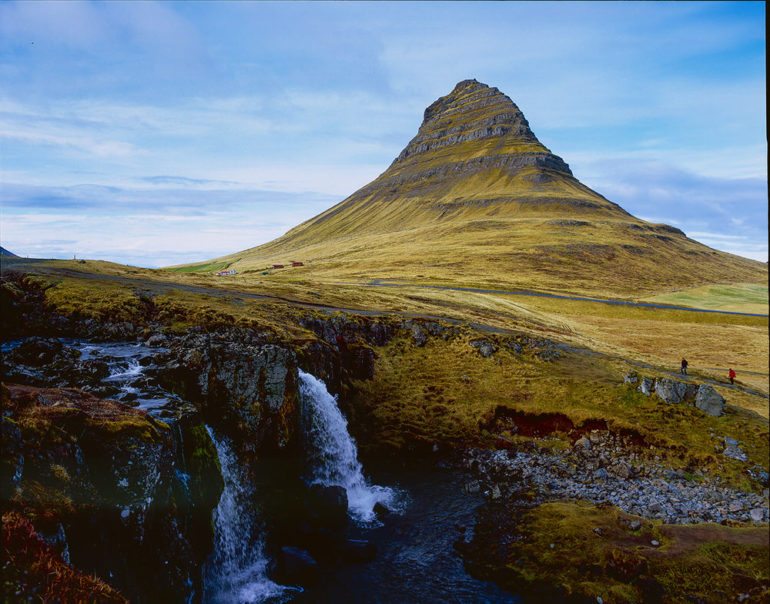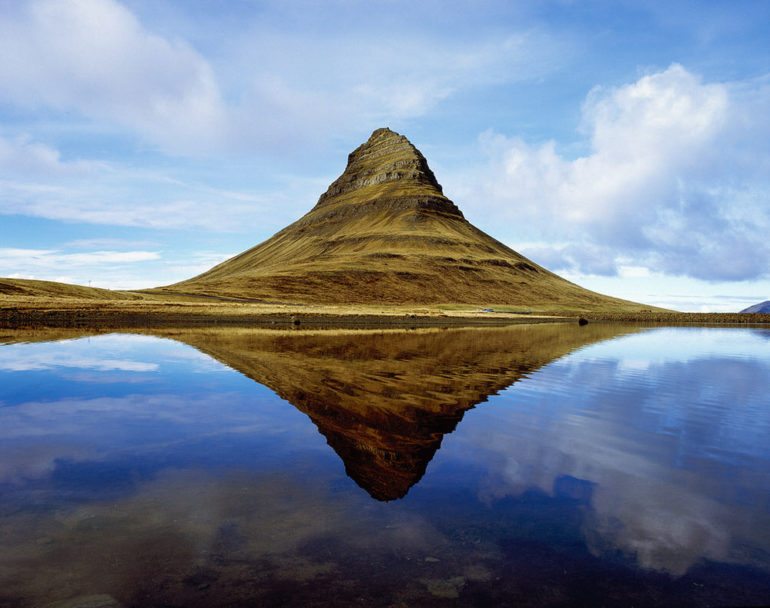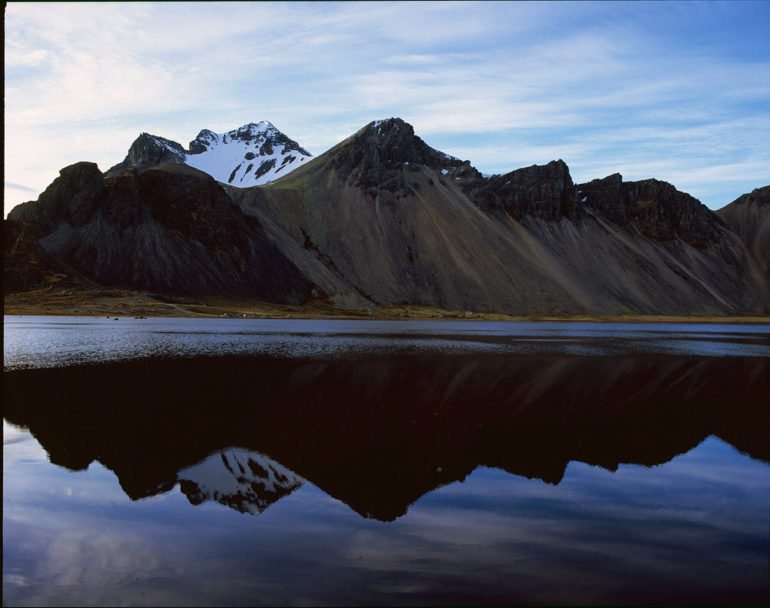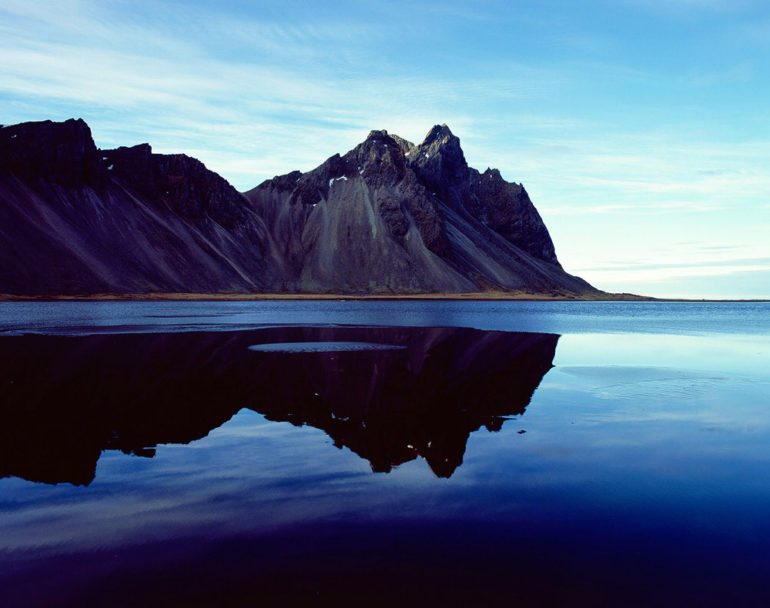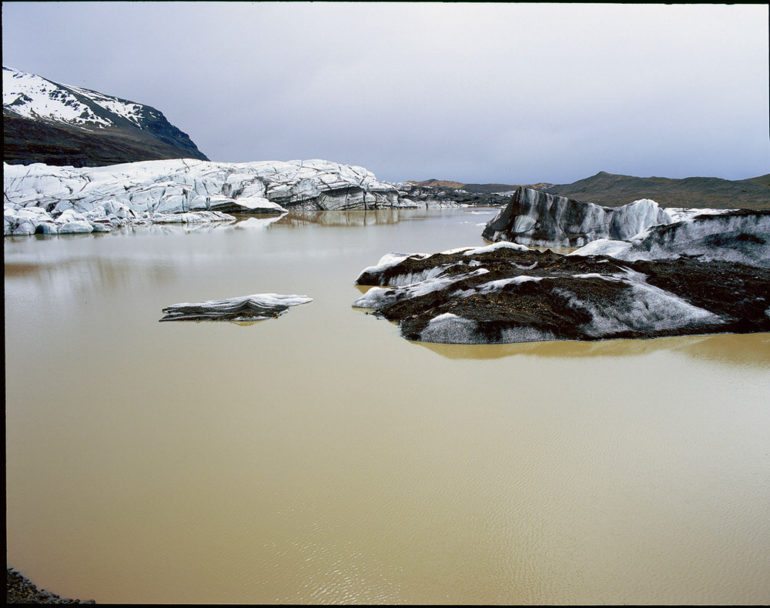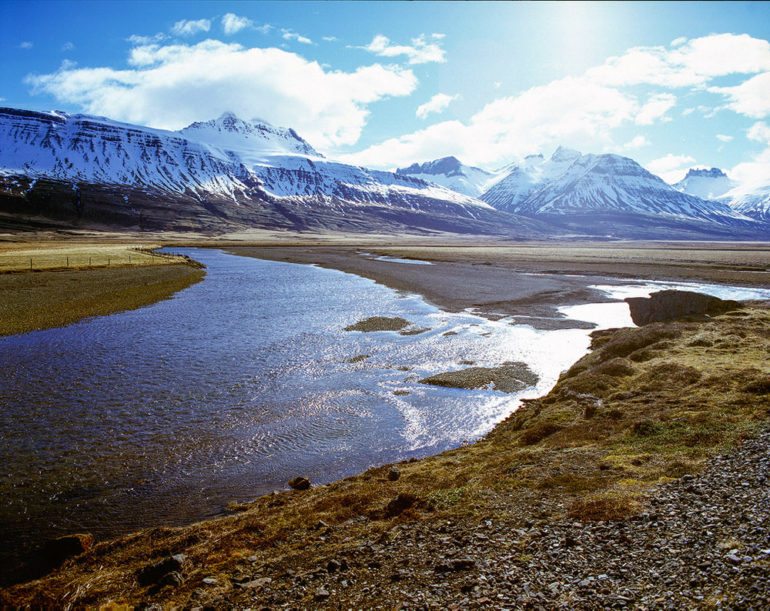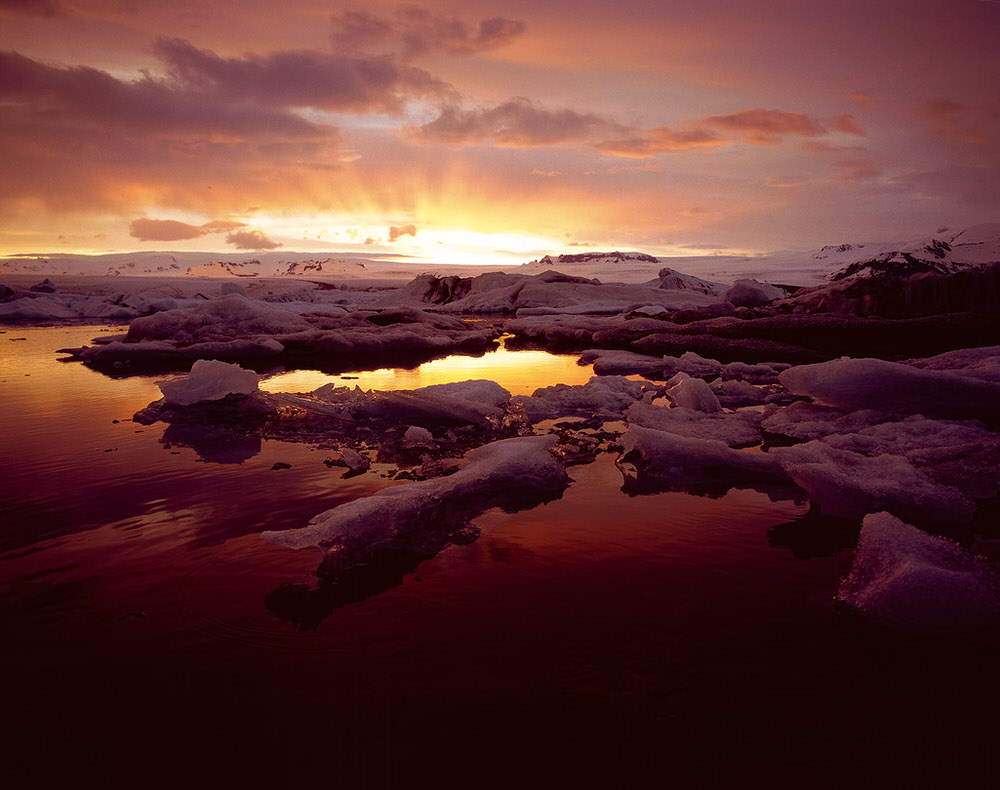Last Updated on 07/14/2016 by Chris Gampat
All images by Bimal Ramdoyal. Used with permission.
“I bought my first film camera and things took a different turn then.” says Bimal Ramdoyal; one of the photographers who embraces the analogue world of picture taking. “I fell in love with film.” Bimal started out with his Canon EOS- T1i and still shoots digital for his ‘safe’ shots, but the work he is known for is his film work. Amongst this body of images, we’ve fallen for Bimal’s images of Iceland shot on Velvia–which is as stunning as anything digital can produce.
We asked Bimal some questions about how he got into photography, what draws him to film, why he chooses velvia and of-course – which gear he is using to produce these incredible images.
For any of you interested in film in the slightest, this is a must read.
Phoblographer: How did you get into Photography?
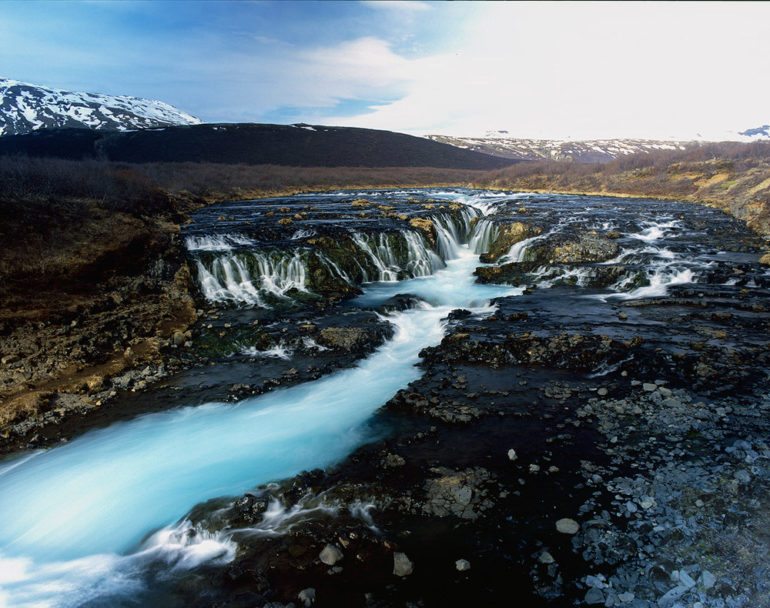
Bimal: A few years ago, I came across Tom Lowe’s first few time-lapse videos on the night sky. I immediately got hooked and since I was looking for a new hobby at that time, I thought of giving it a shot and bought a Canon EOS T1i and tried to photograph the Milky Way galaxy. Things moved on, and I started shooting landscapes during the day and at night, trying to push what this camera could do.
I started sharing my images on Facebook and people liked my work. I then started researching into lenses, gear, sensor iso etc and it became a very interesting hobby. It always made me research and read about cameras every day, it kept me busy and made me become better at photography. People then asked me to organize trips to the beautiful locations I have shot. I started teaching my friends, they got hooked and it became a way to escape stress and go up north to the provincial parks for the weekend to have fun and take great shots (Algonquin Park, Killarney etc). Night photography became my biggest thing and I invested into a star tracker (Astrotrac) and took the best image i could ever take of the Milky Way using my Astrotrac with 12 stacked shots taken at 1 minute each. After this image, I moved on from the Milky Way and explored other ideas.
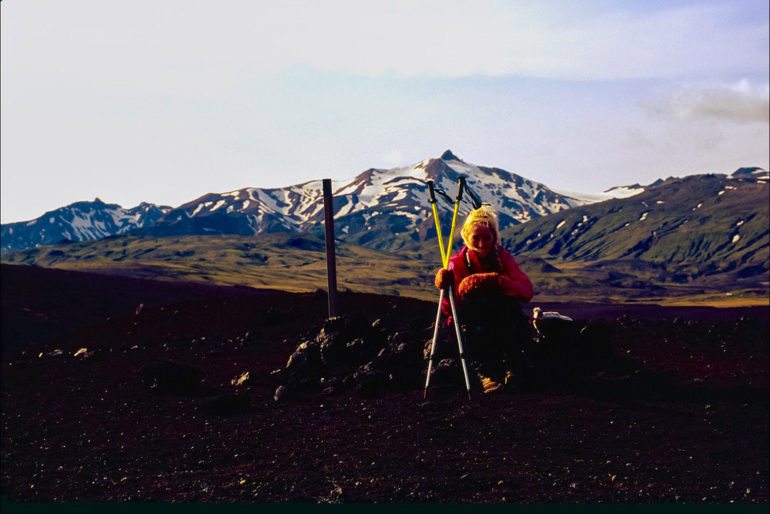
Bimal: Photography allowed me to move on and explore other ideas. Photography pushed me to travel, and travelling has changed my photography and made me better by giving me more challenges.
One thing led to another, I wanted to try medium format photography but didn’t have the money for it, so I looked at alternatives. That’s when I bought my first film camera and things took a different turn then. I fell in love with film, and to this day I take my safe shots with my digital cameras but the precious shots were taken on film.
Phoblographer: What about film draws you to it over digital mediums?
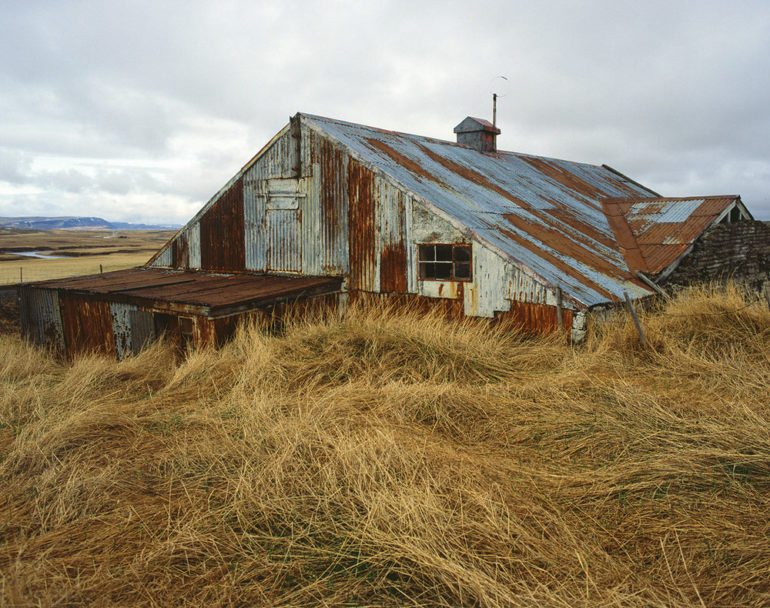
Bimal: Film forces me to slow down and focus, the simplicity of film cameras allows me to spend more time composing and metering, then it’s usually one or two shots per location and then I move on to the next location, knowing I captured the best possible scene information with the best composition I could take.
To me film is like an artist’s canvas, the quality of the color mixing, the way the slide reacts to shades of colors, the natural beauty of a slide on a light table and the feeling when you see people stunned when they look at a slide film is what draws me more into film. As a computer scientist, I am very well aware of the digital process that goes on with a RAW file. I hear people talk about RAW all the time, yes it is true you should be shooting RAW files all the time but a RAW file is still limited by your camera’s sensor. To me, digital (RAW or Jpeg) is an approximation of the natural scenery in front of the lens, it lacks the natural feel (color palette) in the file and looks like the output of a very mechanical process.
The shades in my sunset shots are very natural, hard to get from a digital camera because we are limited to the Bayer approximation algorithm. For example, I shot an event once that had intense pure blue lights, digital processing with the Bayer algorithm made the blue look purple because the algorithm generates red hues as well and when it mixes with blue, it creates purple, which needs color correction and time in Photoshop. Therefore to me, using film allows me to get the exact hues and I have this “master file” (slide) that I can reprocess one day. It made me realize that to get the best possible image, the source was the most important part.
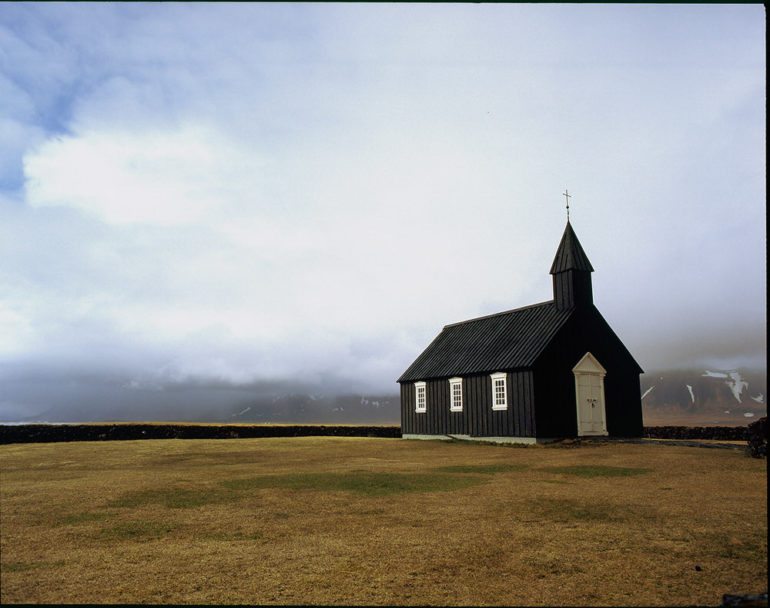
Bimal: Film is the natural imprint of the scene on a chemical medium and simulating a chemical process is very difficult. Your RAW files you take today will look the same even with Photoshop CC 2020 but as scanning technologies get better, I am able to always extract more and more information from the slide film so to me, it is the ultimate medium for storing a scene’s information to be processed later.
Another reason is film is cheaper than digital. The 55mm f4 is a stunning lens, I got it for $120, my Pentax 67 cost me $200 and these could last me for a lifetime. I find it cheaper to buy rolls of film, get them processed and scan them at home than to buy a new digital camera every 2 years that averages $3000.
Phoblographer: Tell us about your Velvia work? What inspired you to do it?
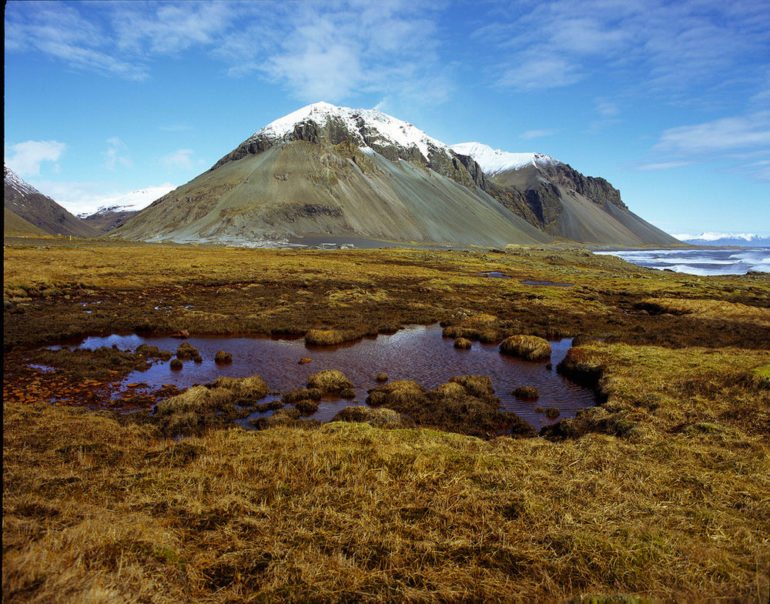
Bimal: I chose Velvia slide film because I read about its legendary color rendering and it fit my profile for landscape photography. But the most amazing thing about my shots on Velvia slide film is the slide itself. The feeling I get when I look at my slide on my light table is very unique, even the best monitors (I use a dell 10-bit panel) couldn’t show you the dynamic range of what the slide could show you to the naked eye. Velvia is harder to shoot with compared to negatives, but when you get the exposure right, it is very rewarding.
I have taken a lot of great shots on my 5DMk2 and 6D but my precious shots are the one on Velvia slides. I was recently in Iceland and I told my friends on the trip “Ok I am officially done with Brúarfoss waterfall. I took the best shot of it with the best light, I don’t need to photograph this place anymore, this slide is the best memory I got of this place”. What happened after was magical, I sat down on the grass, enjoyed this beautiful waterfall while my friends were busy taking 9-bracketed HDR shots and 3000 images of the waterfall. Film gave me time to also enjoy the scenery I am at by limiting me in how many shots I can take.
Near the end of my trip, we had a gorgeous pink sunset at Jokulsarlon glacier lagoon, I kept the same rule in mind: expose for the highlights. And I got some of the best shots I could ever get of Jokulsarlon. I knew these slides were gold when I showed my friends my digital photos and film photos. Their immediate reaction to my digital images on my 30″ monitor were “Wow great shots!” but when i handed them the slides on a light table, they stared silently at each slide for about 30 seconds each and said “these are beautiful!” I think that a physical medium is more attractive to us, same reasoning with prints vs digital displays. I think in a world where we are constantly bombarded with Instagram and images all day long, film takes a huge chunk of our attention and this is what inspires me the most: get the people to fall in love with your work, not just ‘like’ your work.
Phoblographer: What gear did you use to produce your Velvia work? Did you choose this gear for a specific reason over other gear available to you?
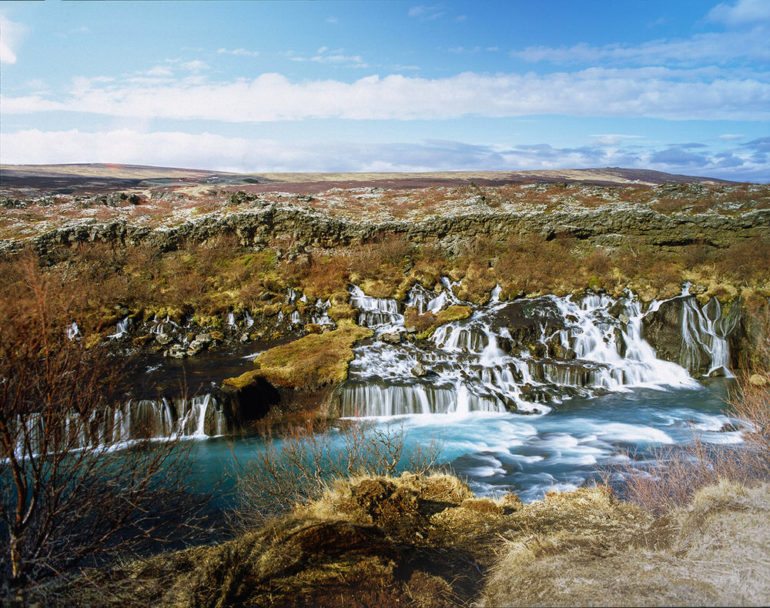
Bimal: I use a Pentax 67 II and I have two lenses, the 105mm f2.4 and the 55mm f4. As a landscape photographer, I like wide angles so I mostly use the 55mm f4. As for the choice of gear, I got the Pentax 67 as i heard many good things about it and the 6×7 format being ideal for landscapes. I wanted to get the Mamiya rz67 but it was too expensive for an experiment in film photography. I also shoot with a Canon EOS Elan 7NE and I shoot 35mm slide film with it. I picked this up at a very good deal on eBay and the only reason i shoot with this is to load it in my slide projector and project my images on the wall. It is quite something to see a projected slide, I recommend you try it out.
But I now shoot more often with the Pentax 67 because it is a cheap way for me to get into medium format photography. In my opinion, medium format is the future so I thought if I had the opportunity to shoot film, why not go for medium format. I don’t think I will move away from my Pentax 67, it’s a beautiful beast. It’s simple, uses very little battery power and has fallen into mud, water, on rocks etc. and has never failed me. My favorite story is when i slipped and fell in a mud pool in Iceland (right after i took the epic shot of Brúarfoss) and we thought the camera was gone. I pulled it out of the mud pool by the strap and all we saw was a big ball of mud. I let it dry overnight, took a toothbrush and rubbed off the dried mud. It was already in operation the next day. I never felt the same way with my digital equipment.
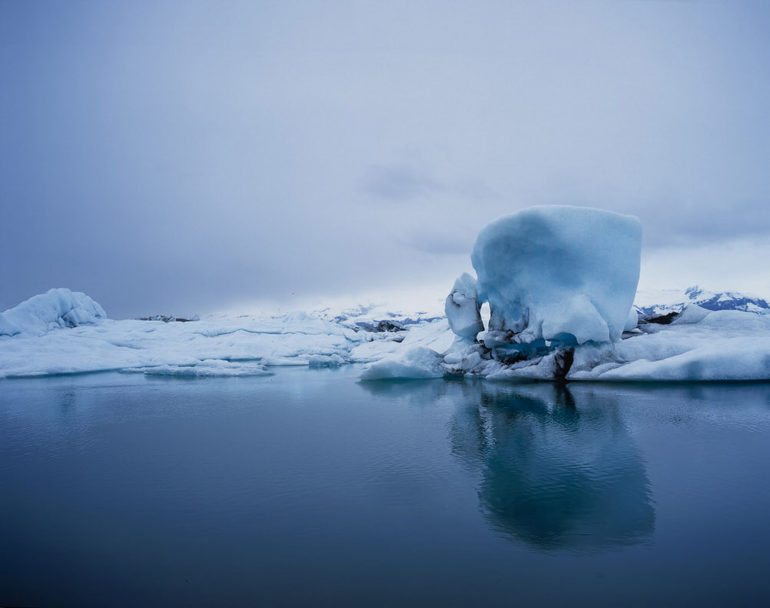
I don’t process my film but I scan the slides myself using a Braun FS120 medium format scanner. I chose this scanner based on the great reviews about it on the internet. I scan my slide film using SilverFast Archive Suite.
You can see more of his stunning Velvia images of Iceland below.
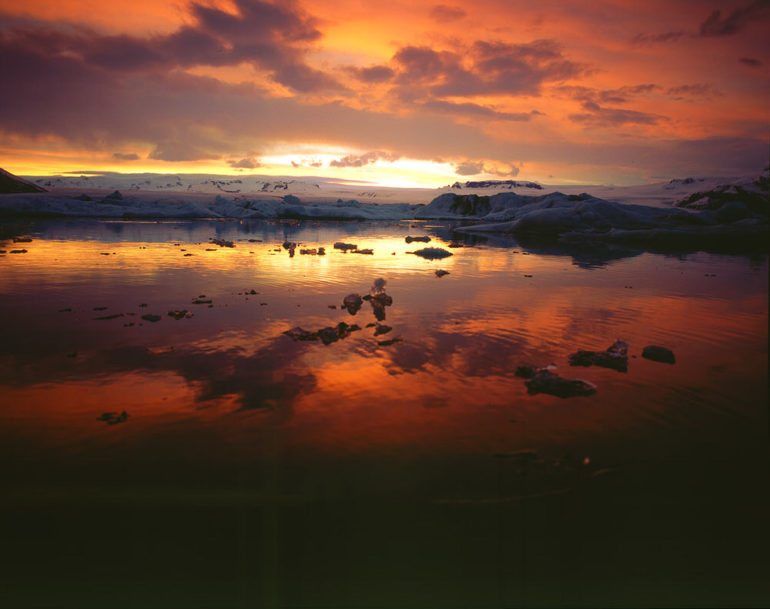
“I started teaching my friends, they got hooked and it became a way to escape stress and go up north”
